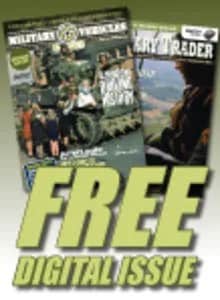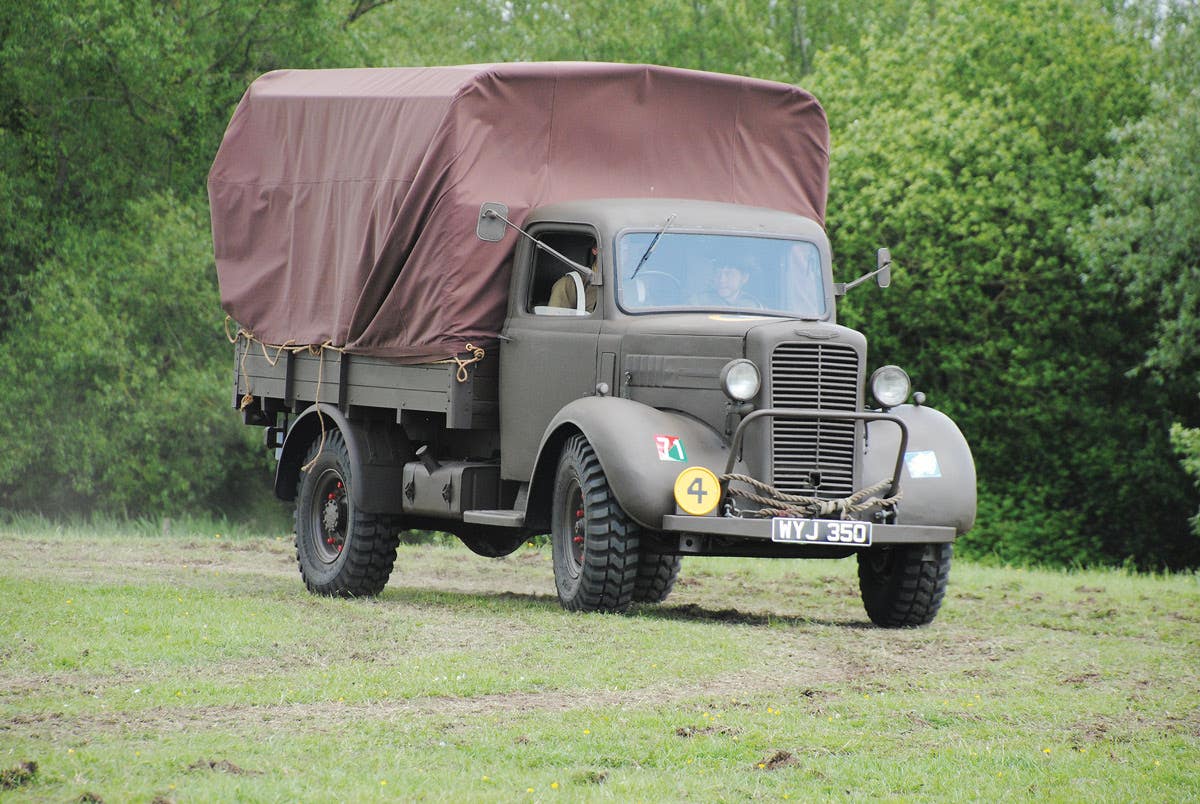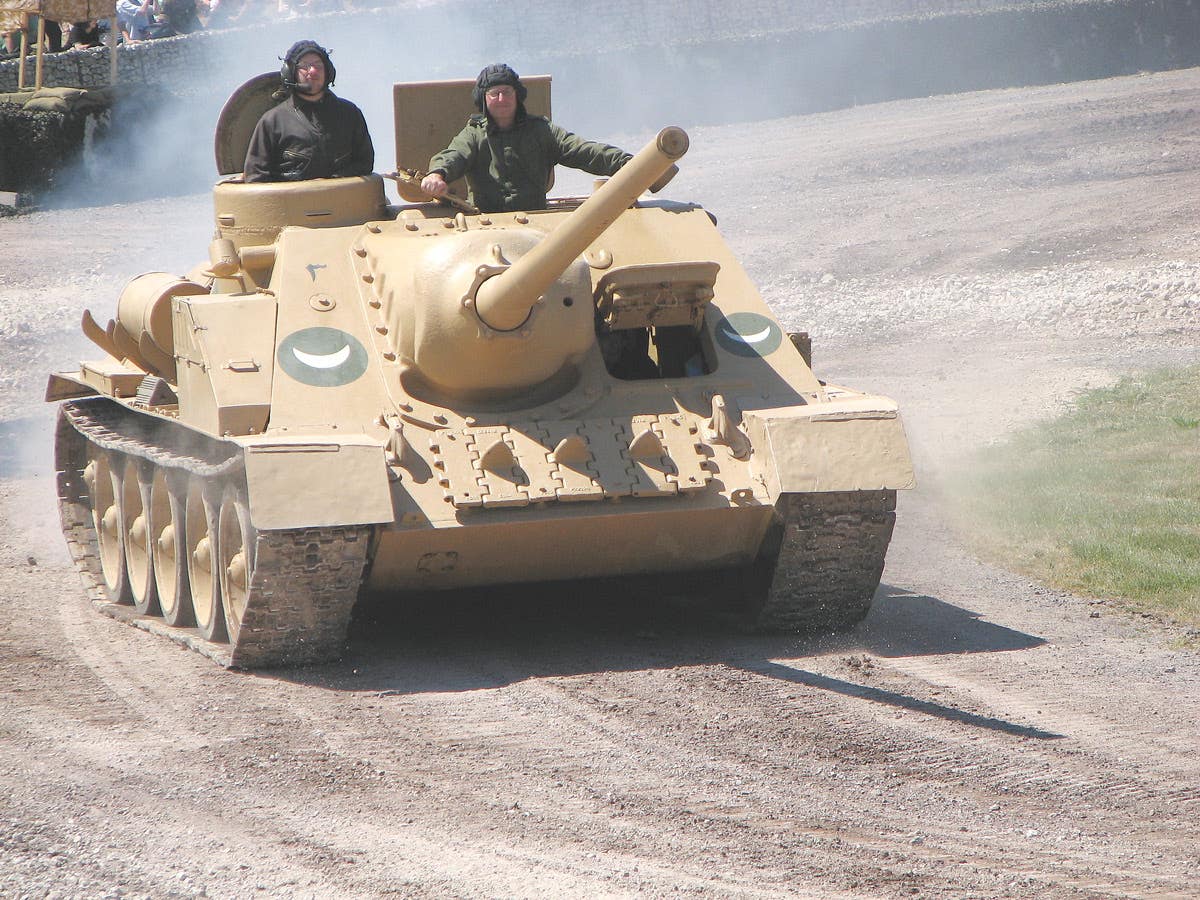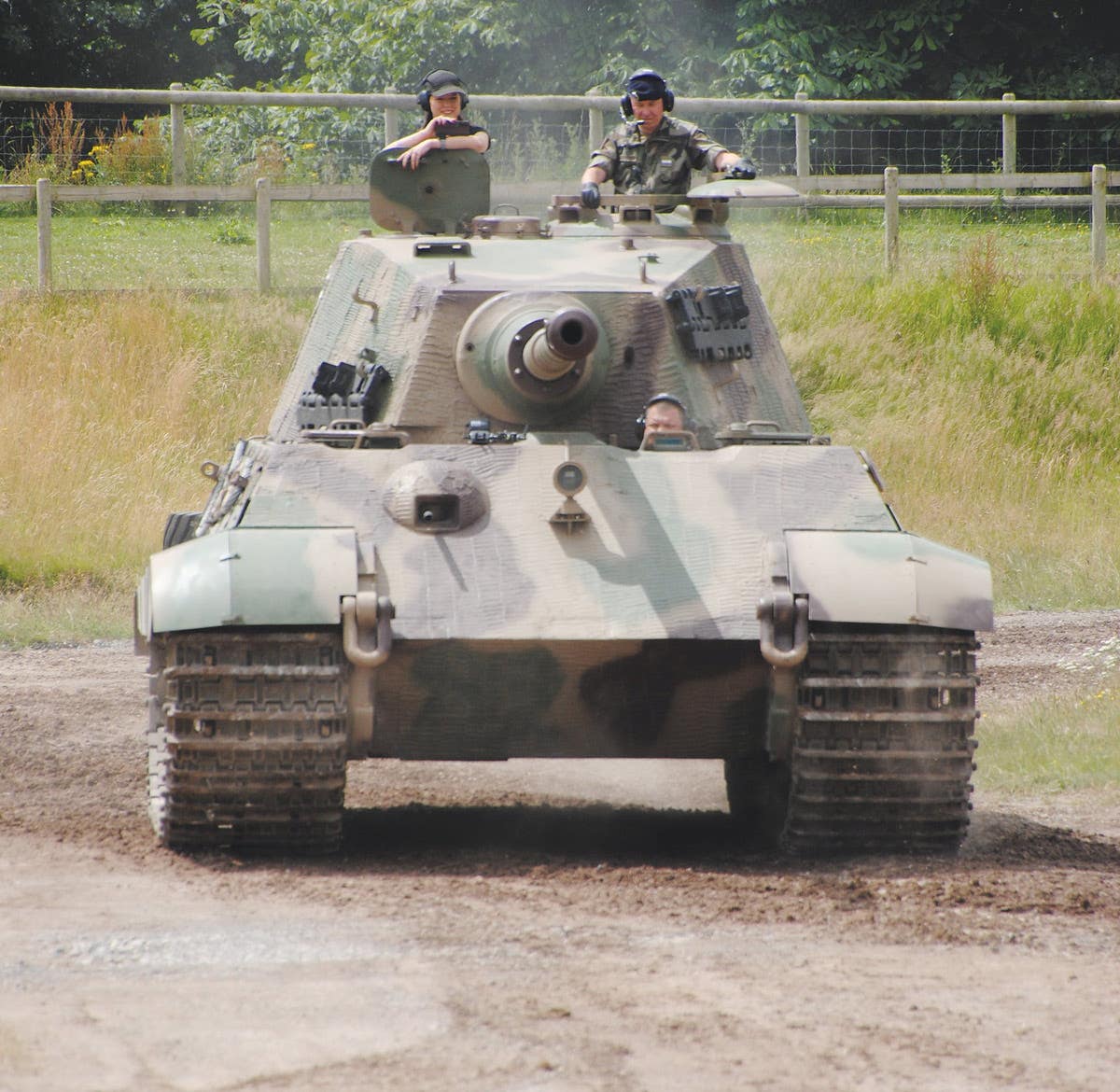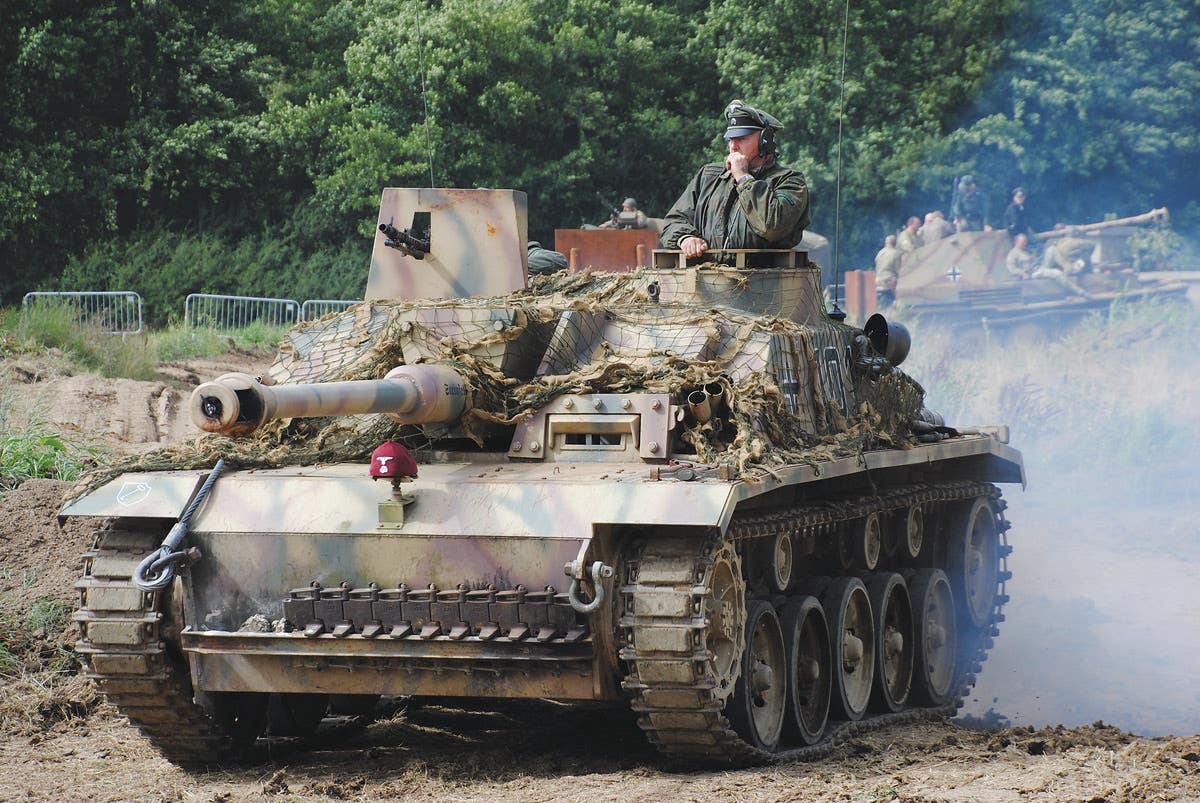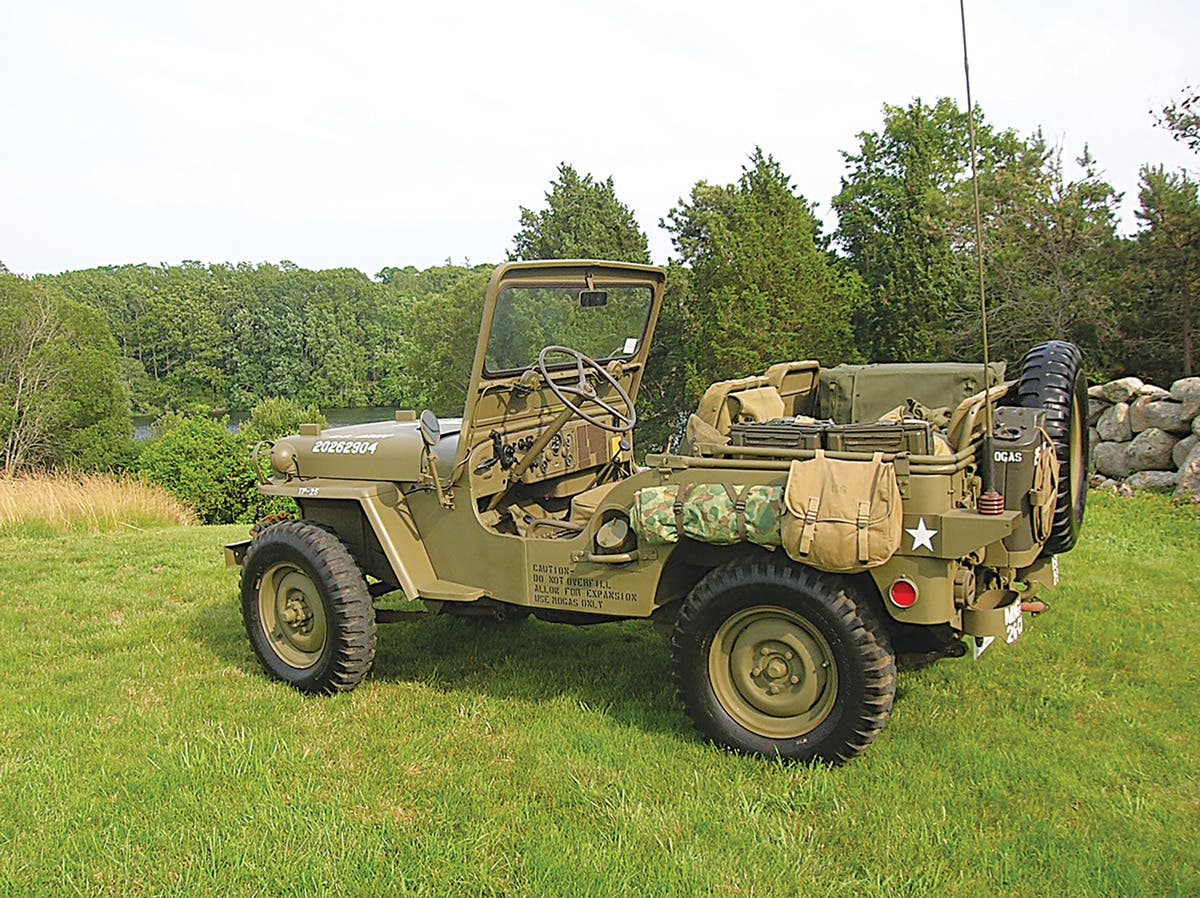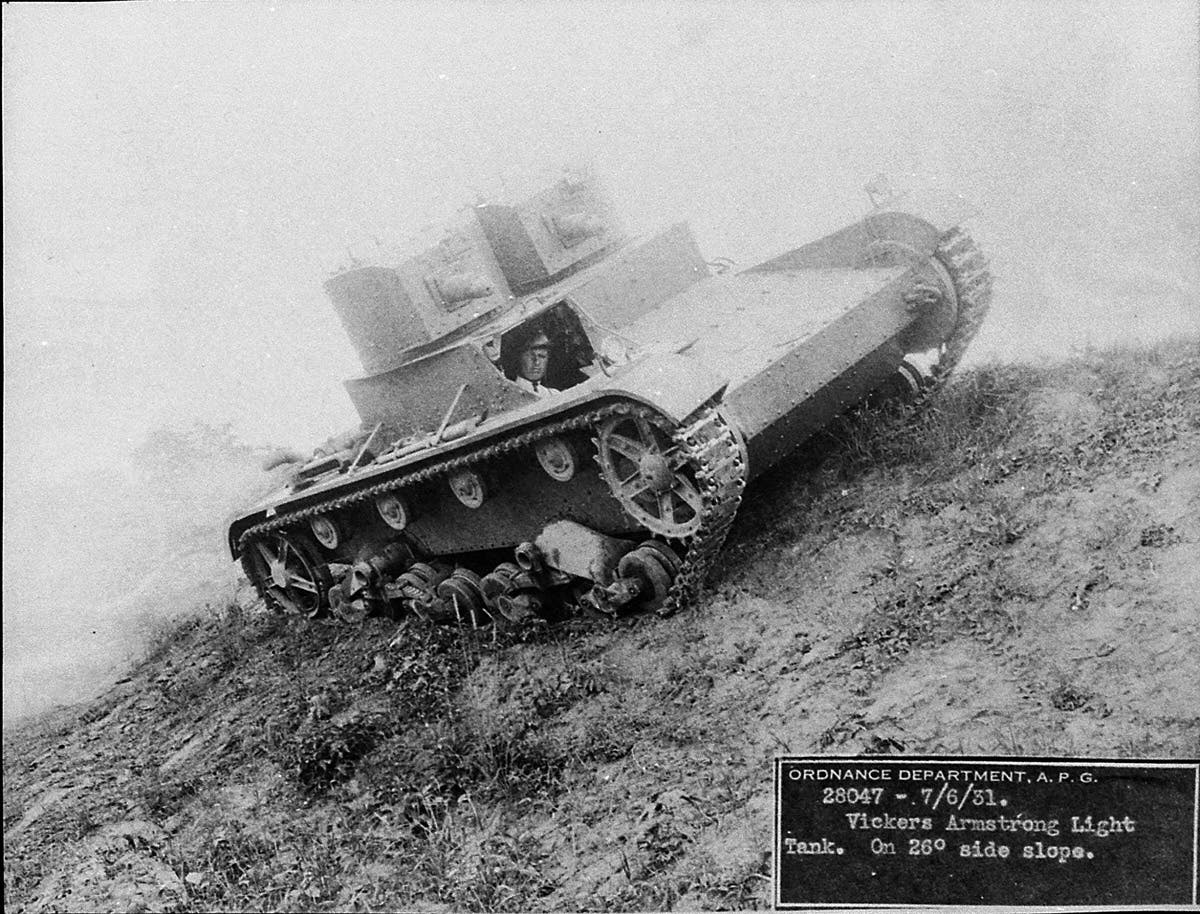Representing the hobby: Think before you Act
Nothing caused me to grind my teeth more when I was a teenager than the almost nightly admonition at the supper table, “Remember, you are a Graf.” The explanation of…
Nothing caused me to grind my teeth more when I was a teenager than the almost nightly admonition at the supper table, “Remember, you are a Graf.” The explanation of that had long been discarded—my brothers, sister and I knew what it meant. My parents owned one of three grocery stores in our small town, and Mom was a math teacher at the high school. If any one of their kids misbehaved, they would find out, but more importantly, it could reflect poorly on the family name. The instruction was something I vowed I would never pass on to my children, so it pains me to write something similar to my fellow collectors and enthusiasts: “Remember, you represent the hobby!” More importantly, “You represent the soldiers who have served guaranteeing our freedom to pursue our hobby.”
IS THAT GUN LOADED?
When I think back to growing up in our small southeastern Minnesota town, sometimes it seems like I lived an “Opie in Mayberry”-type childhood. For those unfamiliar, the 1960s TV program, “The Andy Griffith Show” portrayed an idyllic, small American town existence, focusing on the lives of the town’s sheriff, Andy Griffith, and his son, Opie (portrayed by Ron Howard). In the first few years of show, Andy had a deputy by the name of “Barney Fife” (portrayed by Don Knotts) who usually contributed safe disorder to the small town of Mayberry.
In reality, Caledonia, Minnesota, probably had very little in common in with Mayberry, but sometimes, the characters seemed to overlap. Like most small towns, we had a sheriff and deputy who maintained order—and had to withstand a fair amount of good-humored teasing, inevitably leading to Barney Fife comparisons.
This was never more apparent to me than the day our local sheriff, Bud Richards, pulled along side me as I walked to town along Marshall Street. “Is that a BB-gun, John?” he asked. I was only 5 years old and had never seen a BB gun. “I dunno!” I replied, “I just shoot flowers with it.”
He got out of the squad car and told me to hand him the rifle. “Where are you going today?” he asked as he examined the weapon. I explained, “I use the gun to shoot flowers… you see, if you push the barrel in the mud when you cock it, it will shoot mud!” I continued talking, “And now the stock is coming loose, so I am taking it the hardware store for Ralph to fix.”
“Ralph” was my Dad’s first cousin who worked at the hardware store. A WWII veteran and Purple Heart recipient for wounds received on Iwo Jima, Ralph was rather crippled, but could fix almost anything—at least in the mind of a 5-year-old! When the “pop gun” appeared to be coming apart, my first thought was “Ralph will fix it,” so, I thrust it over my right shoulder the way my Dad had shown me “soldiers carry their rifles,” and began the three-block walk downtown to the hardware store. The walk took me right past the Jail, so it was no surprise Bud had seen me toting my gun. But things were much different in those days. A little kid carrying a rifle down the street was more of curiosity than a threat.
Satisfied that the rifle was nothing more than a pop gun that was missing its cork (as I recall, it did look like a lever action BB-gun but had a small pin across the open muzzle. When it was cocked and fired, the rifle made a loud “pop”), Bud told me, “Look both ways when you cross the street!” That was the extent of my detention.
When I told my Dad about the incident (our store was across the street from the Hardware store), he chuckled, “Well Bud caught himself a live one today! A regular Barney Fife!” It was not meant as a derision of the officer’s behavior as much as it was a statement about the serene living in Caledonia.
As I left the store, Dad called out, “Right shoulder, shift! Remember, you are a Graf!” I didn’t pay attention to the last half of his message, I was busy ordering arms, and then snapping to “shoulder arms” as a play-marched out of the store. Even though it didn’t register in my young ears, there it was—a reminder that my actions affected more than just me.
IT MAY HAVE SEEMED LIKE A GOOD IDEA
The memory of my youthful encounter with the law came flooding back to me recently, after I opened an email entitled, “Another military vehicle collection for sale soon, I think.” The message simply stated, “What a dumba$%” and had a link to a story out of Detroit. Clicking the link, my screen offered up a huge headline, “Vehicle with mounted ‘gun’ panics Detroit suburb.”
Of for pete’s sake. I didn’t have to read the story, I already knew how it was going to play out. But, like a rubber-necker at a traffic accident, I just had to look.
Before I share the details from the July 9, 2013, news story, let me say, “I understand.” I know we have the “right to bear arms.” I know that dummy guns are not “real guns.” And I know that one person’s patriotic fervor may be interpreted by someone else as terrorist-like behavior. We aren’t living in a Mayberry-model world anymore. These days, carrying a pop gun down the street will get you imprisoned, tasered or even shot. It may not be right, but it is the world in which we live.
Okay, so here is what the Associated Press reported and was repeated by Fox News: “A man driving an armor-plated military-type vehicle and firing what appeared to be a machine gun mounted on top caused a ripple of panic in suburban Detroit on the Fourth of July.”
Taken on its own, that seems like a nightmarish scenario. But you and I know what was really playing out here: A collector with a restored historic military vehicle mounting a propane-gas firing, simulated machine gun was probably just enthusiastically celebrating the Fourth.
The article continues, “Recordings of a series of 911 calls capture the fear of residents whose reports of the imposing sight sent officers swarming late Thursday. In one call, bangs similar to the sound of gunshots can be heard.” It concludes, “Police say they arrested the driver… and confiscated his vehicle. He was released the next day but was not charged.”
What can I say? What could I possibly say that isn’t going through your head right now? I am a good conceal-carry, gun-totin’ kind of guy, so I understand and appreciate the value of liberty when it comes to firearms, but seriously, it is 2013—we live in a world where people leave explosives at marathons, shoot movie goers and kindergartners and drill jets into the sides of skyscrapers. Despite how we feel the world should be, this isn’t Mayberry anymore. Driving a restored WWII armored car and firing a gas-propane machine gun may have seem like a patriotic and fun-attention getter back in the 1970s or 1980s is more likely to be interpreted as a threat of potential harm or death today. It seems that is exactly what played out in Detroit this past Fourth of July.
WE ALL REPRESENT THE HOBBY—AND MORE
Cripes, I never wanted to play “the parent,” but given the responsibility of communicating with the members of our hobby, I feel compelled to say (forgive me, it’s my upbringing!), “Remember, you represent the military collecting hobby!” I am not going to list potential missteps that, to many, would be regarded as “common sense,” but will simply add, “We also represent the men and women who sacrificed in order for us to have the freedom to pursue our hobby.”
I am not advocating that anyone is “right” or “wrong” with how they choose to pursue their interests, I just want to gently remind folks (myself included—I used to love to run around wearing an Afrikakorps M43 cap—probably not the smartest thing I have done), what we perceive as “historic,” “safe,” “normal” or “patriotic” might be interpreted by others as something entirely something else. It doesn’t make it right or wrong, it is just the way things are. As my grandmom used to say to me, “Just because you can doesn’t mean you should.”
Be Safe, Be Smart and Honor the Sacrifice,
John Adams-Graf
Editor, Military Trader and Military Vehicles Magazine
John Adams-Graf ("JAG" to most) is the editor of Military Trader and Military Vehicles Magazine. He has been a military collector for his entire life. The son of a WWII veteran, his writings carry many lessons from the Greatest Generation. JAG has authored several books, including multiple editions of Warman's WWII Collectibles, Civil War Collectibles, and the Standard Catalog of Civil War Firearms. He is a passionate shooter, wood-splitter, kayaker, and WWI AEF Tank Corps collector.
